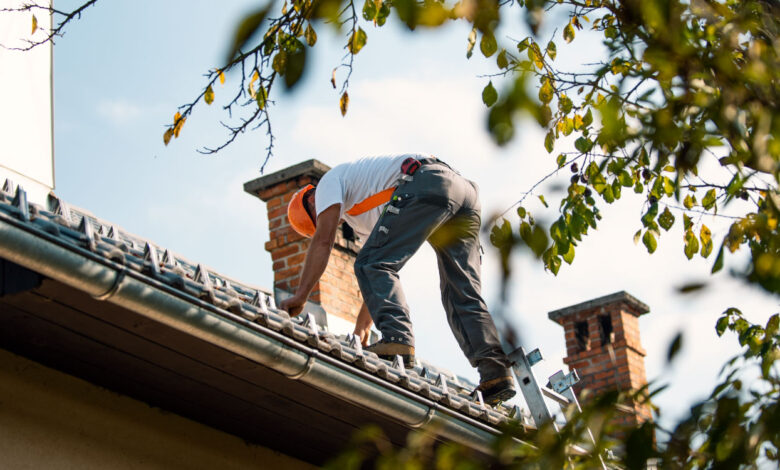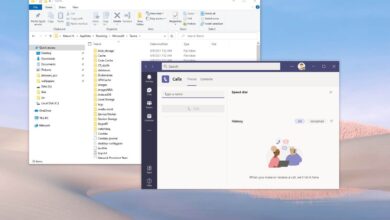Common Roofing Problems and How to Prevent Them

Your roof is your home’s first line of defense against the elements, shielding your family and belongings from harsh weather conditions. However, like any other part of your home, it’s not immune to wear and tear. Over time, various issues can arise, from minor leaks to significant structural damage. The good news is that many roofing problems can be prevented with proper maintenance and timely repairs.
Understanding the most common roofing issues and how to avoid them can save homeowners thousands of dollars in repair costs and extend the lifespan of their roofs. Let’s take a look at the most frequent roofing problems and the best ways to keep them at bay.
1. Roof Leaks: The Silent Destroyer
One of the most common roofing problems homeowners face is leaks. A leaking roof can cause water damage, mold growth, and compromised structural integrity if not addressed promptly.
Causes of Roof Leaks:
- Missing, cracked, or damaged shingles
- Improperly installed or damaged flashing
- Clogged gutters leading to water backup
- Ice dams forming in winter
- Wear and tear due to aging
Prevention Tips:
- Inspect your roof regularly, especially after storms.
- Check attic ceilings for signs of moisture or discoloration.
- Keep gutters clean to prevent water buildup.
- Ensure flashing is properly sealed around chimneys and vents.
Early detection and timely roof repair can prevent small leaks from turning into expensive problems.
2. Poor Installation Leading to Premature Damage
A poorly installed roof is a disaster waiting to happen. Whether due to inexperienced contractors, rushed jobs, or subpar materials, faulty installation significantly shortens a roof’s lifespan.
Signs of Poor Installation:
- Uneven or misaligned shingles
- Exposed nails or gaps in flashing
- Roof sagging in certain areas
- Frequent need for repairs shortly after installation
Prevention Tips:
- Hire a reputable roofing company like D&G Exteriors with a proven track record.
- Ensure high-quality materials are used for durability.
- Verify warranty coverage for materials and workmanship.
Choosing the right professionals for roof replacement or installation ensures longevity and peace of mind.
3. Damaged or Missing Shingles
Shingles serve as a protective barrier against wind, rain, and UV rays. Over time, they can crack, curl, or go missing, exposing the roof to potential damage.
Causes of Shingle Damage:
- Strong winds and hailstorms
- UV exposure causing brittleness
- Improper installation or low-quality materials
- Aging and natural wear
Prevention Tips:
- Conduct routine inspections to catch early signs of damage.
- Replace missing or broken shingles immediately to prevent leaks.
- Choose durable materials that withstand weather conditions.
A well-maintained shingle roof remains effective for 20–30 years with proper care.
4. Gutter Problems and Water Damage
Gutters play a crucial role in directing water away from the roof and foundation. However, when clogged with leaves, dirt, and debris, they can cause water to pool, leading to leaks, mold growth, and even roof rot.
Common Gutter Issues:
- Blockages causing overflow
- Detached or sagging gutters
- Poor drainage leading to foundation damage
Prevention Tips:
- Clean gutters at least twice a year (spring and fall).
- Install gutter guards to minimize debris buildup.
- Ensure proper drainage away from the home’s foundation.
Maintaining your gutters helps protect both your roof and home exterior from water damage.
5. Roof Ventilation Problems
Without proper ventilation, heat and moisture become trapped in the attic, causing mold growth, shingle deterioration, and higher energy bills.
Signs of Poor Ventilation:
- Unusually high heating and cooling costs
- Mold or mildew in the attic
- Ice dams forming in winter
- Roof shingles curling prematurely
Prevention Tips:
- Ensure attic vents are unobstructed.
- Use ridge and soffit vents to regulate airflow.
- Check insulation levels to maintain temperature balance.
Proper roof ventilation extends the lifespan of roofing materials and improves indoor comfort.
6. Pest Infestations Causing Roof Damage
Small openings in your roof can invite rodents, birds, and insects to nest inside, leading to insulation damage, electrical hazards, and unsanitary conditions.
Common Pests That Damage Roofs:
- Birds nesting under eaves
- Squirrels or raccoons chewing on roofing materials
- Insects infiltrating gaps and cracks
Prevention Tips:
- Seal entry points around vents, chimneys, and soffits.
- Keep tree branches trimmed away from the roof.
- Schedule regular inspections to detect pest damage early.
A pest-free roof remains stronger and more durable over time.
7. Ice Dams in Cold Climates
In snowy regions, ice dams can form when melting snow refreezes at the roof’s edge, preventing proper drainage and causing water to seep under shingles.
How Ice Dams Form:
- Heat from inside the house melts snow on the roof.
- Melted snow refreezes at the eaves.
- Ice buildup prevents water from draining properly.
Prevention Tips:
- Improve attic insulation to minimize heat loss.
- Use roof rakes to remove excess snow.
- Ensure gutters are clear to allow proper drainage.
Preventing ice dams helps avoid winter roof damage and interior leaks.
8. Structural Damage from Roof Sagging
If your roof appears uneven or sagging, it could indicate structural issues caused by excessive weight, poor installation, or long-term water damage.
Causes of Roof Sagging:
- Accumulated snow or water weight
- Weakened support beams from moisture damage
- Aging materials losing strength
Prevention Tips:
- Reinforce the roof structure if needed.
- Check for water damage in the attic regularly.
- Remove excess weight, such as wet leaves or heavy snow.
A stable, well-supported roof protects your home from potential collapse or costly repairs.
9. Flashing Failures Leading to Leaks
Flashing is used to seal joints and edges where roofs meet walls, chimneys, and vents. If damaged or improperly installed, flashing can cause water intrusion and leaks.
Signs of Failing Flashing:
- Rust or corrosion around chimneys
- Water stains on ceilings near vents
- Loose or missing metal flashing
Prevention Tips:
- Inspect flashing during routine roof checks.
- Replace damaged sections promptly.
- Ensure proper sealing with high-quality materials.
Flashing failures are a leading cause of avoidable roof leaks.
Final Thoughts
Your roof protects your home every day, but without regular maintenance, it can develop serious problems. From leaks and missing shingles to poor ventilation and structural issues, common roofing problems can often be prevented with proactive care.
By scheduling routine inspections, addressing minor repairs early, and ensuring proper installation, homeowners can extend their roof’s lifespan and avoid costly replacements.
D&G Exteriors understands the importance of keeping your roof in top shape. Whether you need preventive maintenance or immediate repairs, taking action now ensures a safer, stronger roof for years to come.



